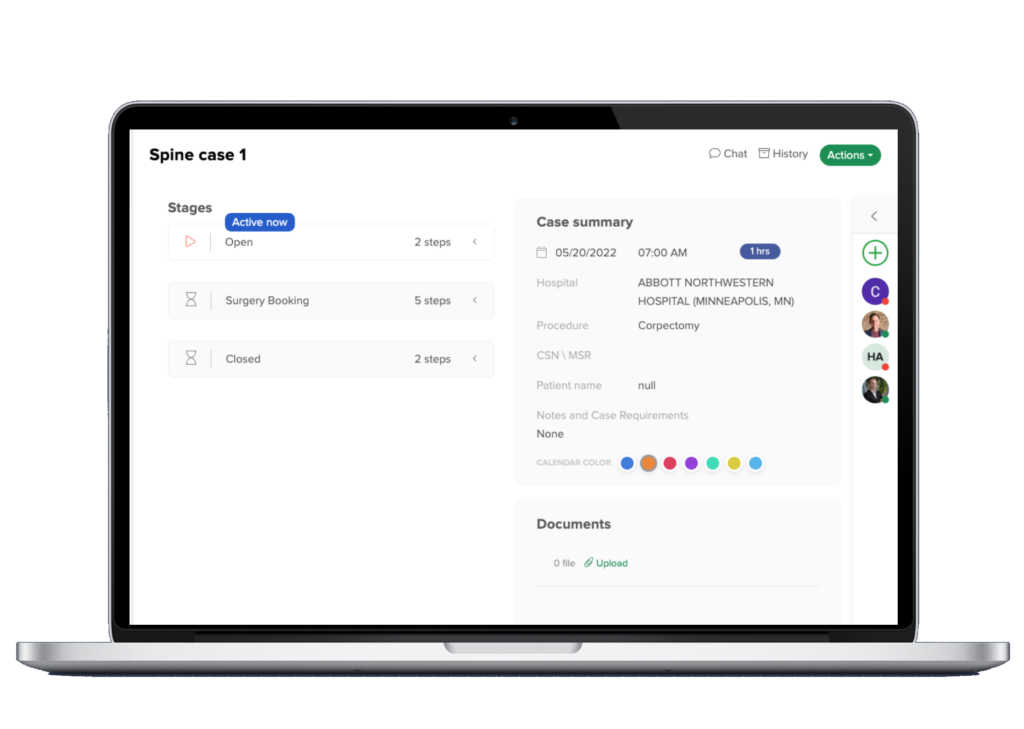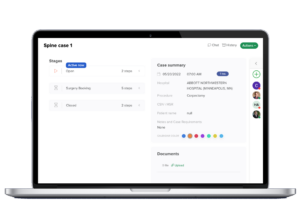In today’s fast-paced business world, efficiency is key. Organizations are constantly looking for ways to streamline their processes and improve their workflow. But with so many moving parts and different departments, it can be challenging to find the best way to optimize workflow. In this article, we’ll explore some simple yet effective ways to improve the workflow of your organization.
Why is Workflow Optimization Important?
Before we dive into the strategies for improving workflow, let’s first understand why it’s important. A well-optimized workflow can bring numerous benefits to your organization, including:
- Increased efficiency: By streamlining processes and eliminating unnecessary steps, workflow optimization can help your organization save time and resources.
- Improved communication: With a clear and efficient workflow, communication between departments and team members becomes more effective, leading to better collaboration and results.
- Enhanced productivity: When tasks are organized and streamlined, employees can focus on their work without getting bogged down by unnecessary steps or confusion.
- Better customer satisfaction: A smooth workflow means faster delivery of products or services, leading to happier customers and increased customer retention.
Now that we understand the importance of workflow optimization, let’s explore some strategies to achieve it.
Utilize Technology for Workflow Efficiency

Technology has revolutionized the way we work, and it can greatly improve the workflow of your organization. There are various tools and software available that can automate tasks, streamline processes, and improve communication. Here are some examples of technology that can help optimize your workflow:
Project Management Software
Project management software, such as Asana or Trello, can help your team stay organized and on track. These tools allow you to assign tasks, set deadlines, and track progress, making it easier to manage projects and ensure that everyone is on the same page.
Communication Tools
Effective communication is crucial for a smooth workflow. Tools like Slack or Microsoft Teams can help your team stay connected and communicate efficiently. These platforms allow for real-time messaging, file sharing, and video conferencing, making it easier for team members to collaborate and stay updated on project progress.
Automation Tools
Automation tools, such as Zapier or IFTTT, can help eliminate repetitive tasks and save time. These tools allow you to create automated workflows, where one action triggers another, reducing the need for manual work and increasing efficiency.
Streamline Processes and Eliminate Redundancies
One of the most effective ways to improve workflow is to streamline processes and eliminate redundancies. This involves analyzing your current processes and identifying any unnecessary steps or bottlenecks. Here are some tips for streamlining processes:
Map Out Your Processes
The first step to streamlining processes is to map them out. This involves creating a visual representation of your processes, from start to finish. This will help you identify any redundancies or inefficiencies and make it easier to streamline them.
Identify Bottlenecks
Bottlenecks are points in a process where work gets stuck or delayed. These can significantly slow down your workflow and affect productivity. By mapping out your processes, you can easily identify bottlenecks and find ways to eliminate them.
Automate Repetitive Tasks
As mentioned earlier, automation tools can help eliminate repetitive tasks and save time. Look for tasks that are done frequently and see if they can be automated. This will free up time for your team to focus on more important tasks.
Simplify Approval Processes
Approval processes can often be a source of delays and bottlenecks. Look for ways to simplify these processes, such as setting clear guidelines and delegating approval authority to specific team members.
Encourage Collaboration and Communication
Collaboration and communication are essential for a smooth workflow. When team members work together and communicate effectively, tasks get completed faster, and projects run more smoothly. Here are some ways to encourage collaboration and communication in your organization:
Foster a Culture of Collaboration
Encourage your team members to work together and share ideas. This can be done through team-building activities, cross-departmental projects, or even a simple open-door policy.
Use Communication Tools
As mentioned earlier, communication tools can greatly improve collaboration and communication. Make sure your team is using these tools effectively and encourage them to communicate regularly.
Schedule Regular Team Meetings
Team meetings are a great way to keep everyone on the same page and discuss any issues or challenges. Schedule regular team meetings to discuss project progress, address any concerns, and brainstorm ideas.
Continuously Review and Improve
Workflow optimization is an ongoing process. It’s essential to continuously review and improve your processes to ensure they are running smoothly. Here are some tips for continuous improvement:
Collect Feedback
Collecting feedback from team members is crucial for identifying areas that need improvement. Encourage your team to provide feedback on processes and suggest ways to make them more efficient.
Analyze Data
Data can provide valuable insights into your workflow and help identify areas for improvement. Use data to track progress, identify bottlenecks, and measure the success of your workflow optimization efforts.
Stay Up-to-Date with Technology
Technology is constantly evolving, and new tools and software are being developed all the time. Stay up-to-date with the latest technology and see if there are any tools that can help improve your workflow.
Real-World Examples of Workflow Optimization
Let’s look at some real-world examples of organizations that have successfully optimized their workflow:
Netflix
Netflix is known for its efficient and streamlined workflow. The company uses data to track user behavior and make decisions on what content to produce or acquire. This data-driven approach has helped Netflix become one of the most successful streaming services in the world.
Amazon
Amazon has a highly efficient workflow, thanks to its use of automation and technology. The company uses robots in its warehouses to automate tasks such as picking and packing, reducing the need for manual labor and increasing efficiency.
Who is Responsible for Workflow Optimization?
Workflow optimization is a team effort and requires collaboration between different departments. However, it’s essential to have a designated team or individual responsible for overseeing the optimization process. This person can be a project manager, a process improvement specialist, or a workflow optimization manager.
Conclusion
Optimizing workflow is crucial for the success of any organization. By utilizing technology, streamlining processes, and encouraging collaboration, you can greatly improve the efficiency of your workflow. Remember to continuously review and improve your processes to ensure they are running smoothly. With these strategies in place, your organization can achieve its goals and stay ahead of the competition.
Visit our Help Center – Here





